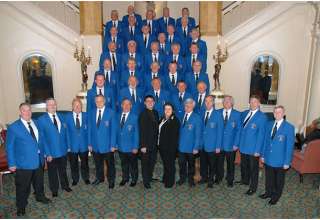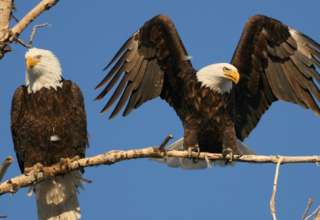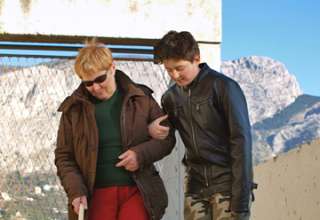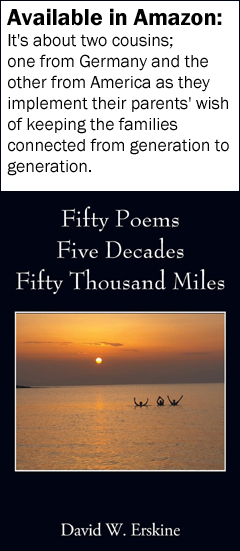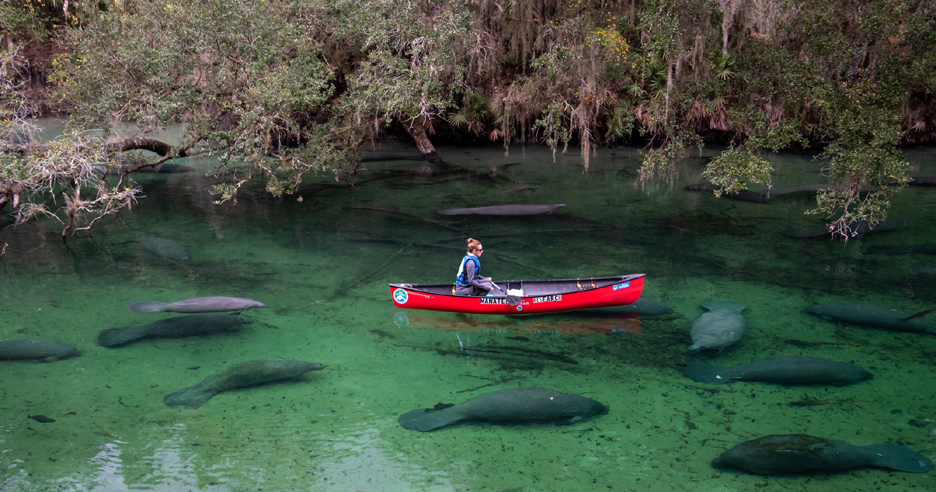
Approximately 24 million people live in Florida. About five times that many visit the self-proclaimed Sunshine State for its natural beauty, man-made attractions and climate that ranges from subtropical in the northern and central area to tropical in the south.
Along with a long list of other things to see and do, many of these so-called Snowbirds include searching for manatees among their priority catalogue. There’s a number of reasons why.
First, for many manatee mavens, is the droll appearance of the mammals. They are most often called sea cows, and their languid pace lends merit to that comparison. When my wife Fyllis and I were swimming among a small group of the cute creatures in Crystal River, Florida, she likened them to huge baked potatoes with small squinched-in faces.
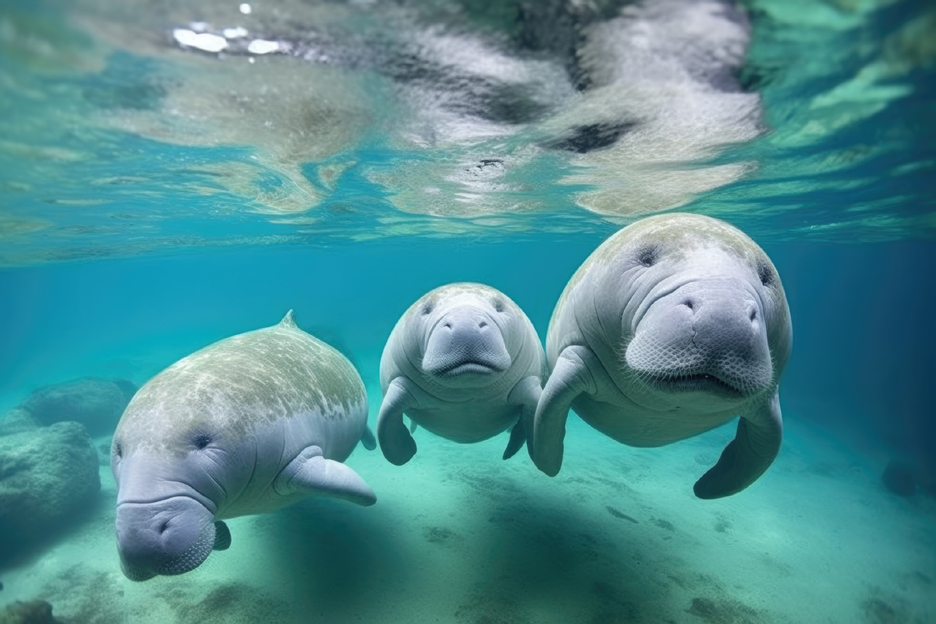
Given their massive size, we were both surprised and delighted to observe that manatees are graceful swimmers. Powering themselves with theirs strong tails, they typically glide along at about 5 miles per hour, but can speed up to 15 miles an hour for short periods. While they can remain submerged for up to 15 minutes, like all marine mammals they must come to the surface to breathe – every three or four minutes when they’re swimming.
It also surprised us to learn that these large creatures – which can reach up to 13 feet long and weigh as much as 1,300 pounds — are herbivores. Their favorite foods are seagrass, water hyacinth and mangrove leaves.
For those who prefer to see, rather than swim with, manatees, there’s a long list of inviting options. They range from seeking out the elusive animals in their natural habitat to viewing some in a protected artificial setting.
Let’s begin at the Epcot Theme Park at Walt Disney World Resort. Over the years, injured manatees have taken up residence at the SeaBase Aquarium there for rehabilitation before being returned to the wild. They’re feed food similar to the floating plants with which they’re familiar, and are tracked and monitored after they are released.
The Manatee Critical Care Center, part of the Jacksonville Zoo and Gardens, can provide temporary housing and care for up to six animals at a time. It offers periodic, limited views of manatees when they are at the facility.
Sick or injured animals also are treated at the Rehabilitation Habitat of the Bishop Museum of Science and Nature in Bradenton. Along with a state-of-the-art planetarium and exhibits that trace the history of Florida beginning with its prehistoric days, the facility has an area where manatees are brought back to health in an environment that mirrors that which they will encounter when they’re let loose.
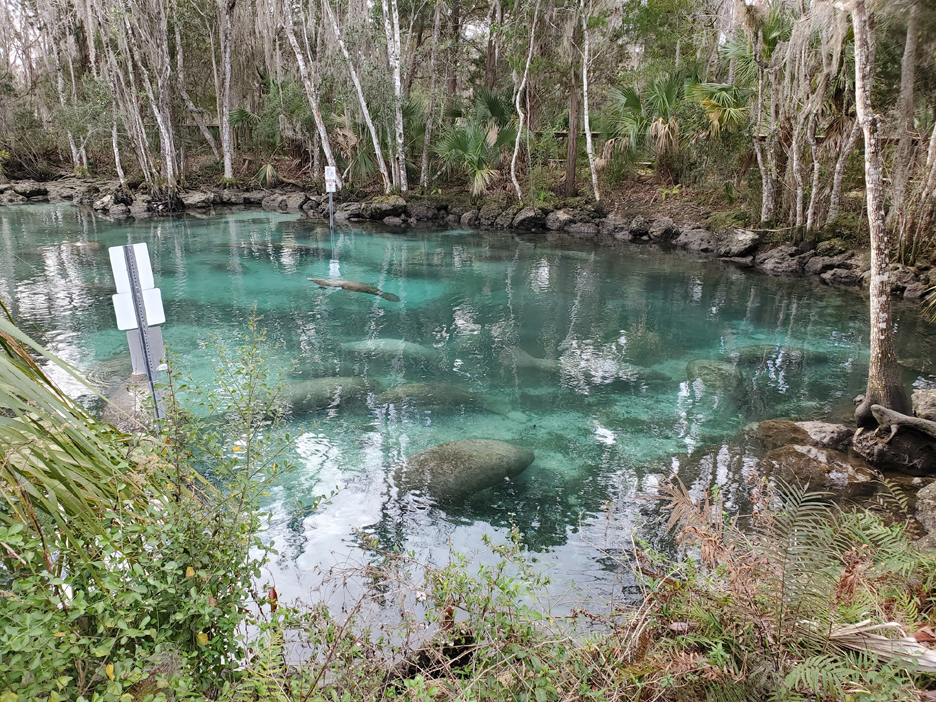
The Crystal River area, where Fyllis and I enjoyed our manatee meet-up, encompasses the Three Sister Springs and Homosassa Springs, two of the best places to find the gentle giants. People my seek them out by swimming, snorkeling, kayaking, paddleboarding, taking a guided boat tour or observing them from dry land.
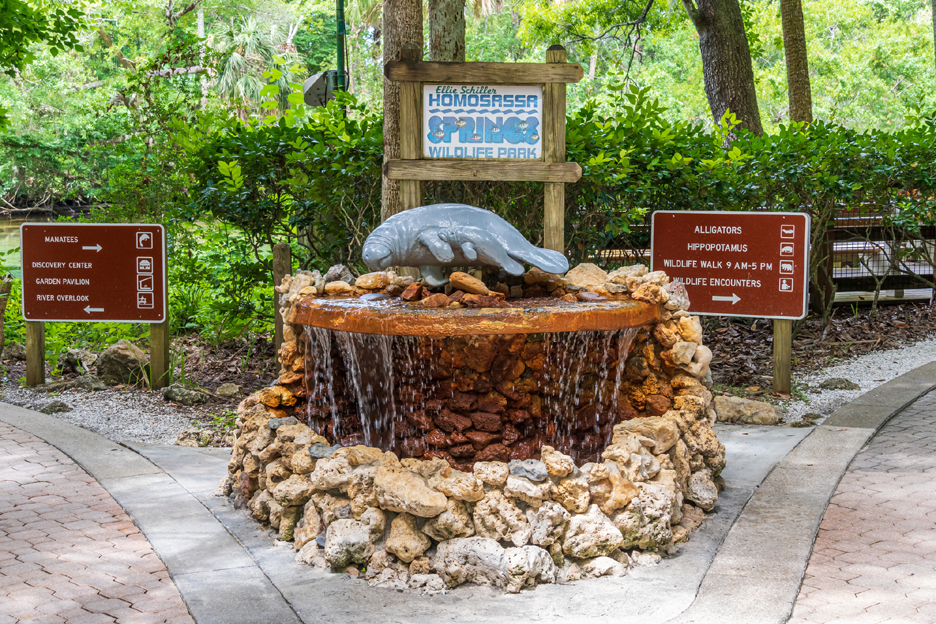
Another attraction known as a water fount is Weeki Wachee Springs State Park, located not far from Tampa and Orlando. Most famous for its live mermaid shows, this recreation complex also offers swimming, river boat cruises, and other options. Guided kayak eco-tours combine conservation information with opportunities to spot manatees that sometimes drop by.
One peak viewing venue is Tampa Electric company’s Manatee Viewing Center in Apollo Beach. Manatees love the headed water which it discharges and gather to loll in its warmth.
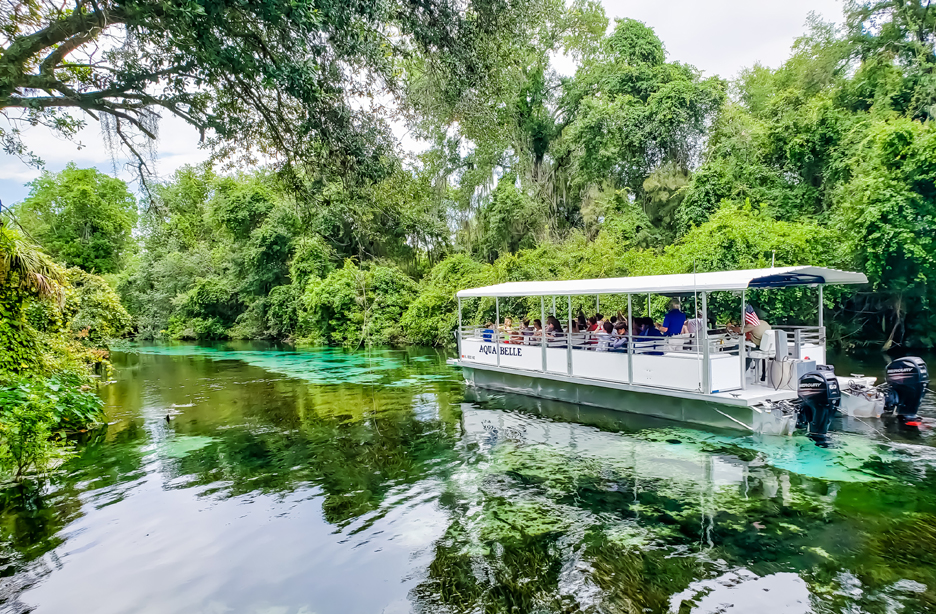
Manatees roam the waters of Florida from April through October. Then, when river temperatures fall during winter, they congregate in the warmer waters of the natural springs, which remain at a constant 72 degrees year-round.
This migration and gathering pattern makes them easier to find during the winter months. The peak months for manatee sightings in Florida are in December, January and February. The colder the day, the more manatees you’re likely to spot in these warmer waters.
